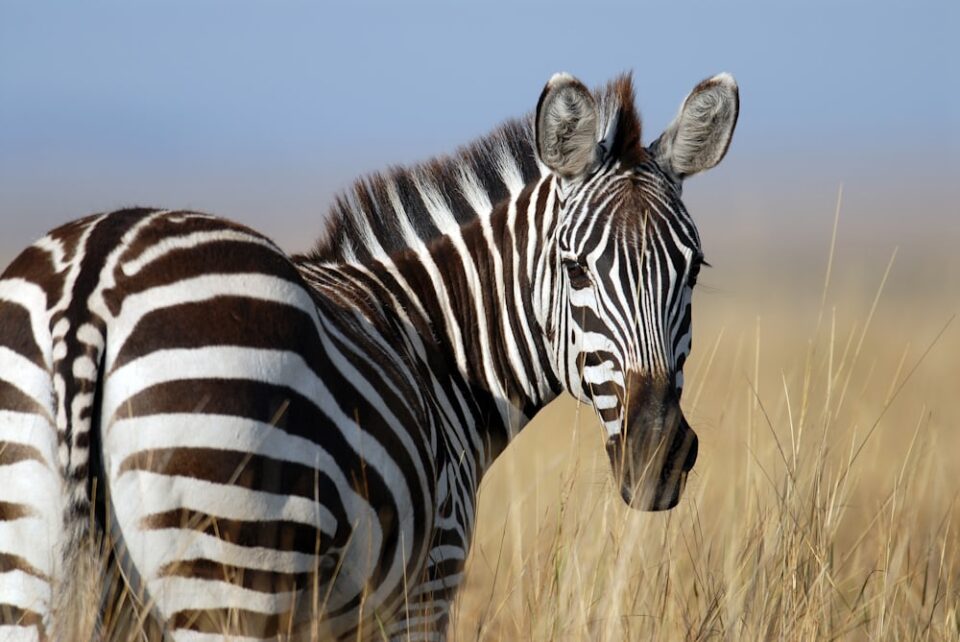1} AMBOSELI NATIONAL PARK
Amboseli National Park, situated in the southern part of Kenya at the border with Tanzania, stands as a jewel in East Africa’s conservation efforts. Renowned for its breathtaking landscapes and rich biodiversity, Amboseli has earned its place as one of Kenya’s leading national parks.
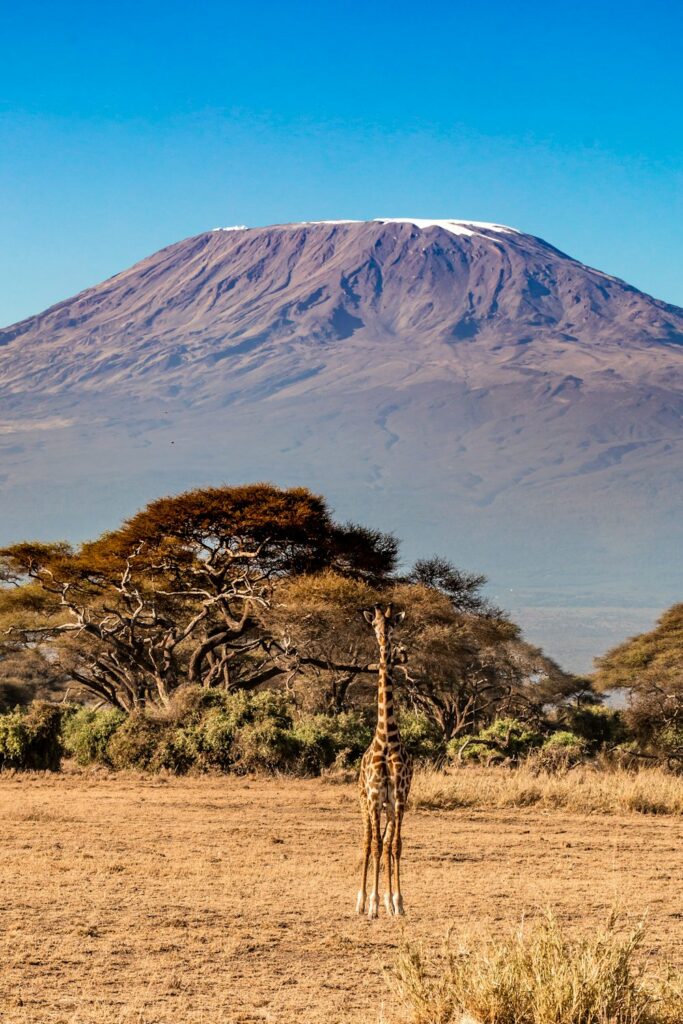
The park’s most iconic feature is the majestic Mount Kilimanjaro, Africa’s highest peak, providing a stunning backdrop to the diverse ecosystems within Amboseli. Its vast plains, marshes, and acacia woodlands create a haven for an abundance of wildlife, making it a prime destination for safari enthusiasts and nature lovers alike.
Amboseli is famed for its large herds of elephants, considered some of the largest in Africa. These gentle giants freely roam the park, offering visitors unique opportunities for up-close encounters and remarkable photographic moments. The park’s diverse habitats support a myriad of other wildlife, including buffalo, giraffes, zebras, lions, cheetahs, and a plethora of bird species.
The Amboseli ecosystem is not only a haven for wildlife but also a crucial area for research and conservation efforts. Various projects within the park focus on monitoring and protecting its flora and fauna, ensuring the delicate balance of the ecosystem is maintained.
Local Maasai communities coexist harmoniously with the park, contributing to the region’s cultural richness. Their traditional lifestyle and connection to the land are integral to the conservation efforts, showcasing a model for sustainable tourism and community involvement.
Amboseli National Park’s popularity extends beyond its natural wonders, offering visitors a chance to engage in responsible tourism practices. Accommodations within and around the park emphasize eco-friendly practices, minimizing the environmental impact and promoting conservation awareness.
Amboseli National Park stands as a testament to Kenya’s commitment to preserving its natural heritage. With its awe-inspiring landscapes, diverse wildlife, and collaborative conservation initiatives, Amboseli remains a beacon of success in the realm of African national parks.
2} MAASAI MARA NATIONAL PARK
The Maasai Mara National Reserve, situated in southwestern Kenya, stands as a premier wildlife destination, renowned for its breathtaking landscapes and abundant biodiversity. Spanning over 1,500 square kilometers, this iconic reserve is an integral part of the larger Mara-Serengeti ecosystem, famed for hosting the spectacular Great Migration.
What sets Maasai Mara apart is its diverse terrain, comprising expansive grasslands, acacia-dotted savannas, and meandering rivers, providing a habitat for a plethora of wildlife species. The reserve is particularly celebrated for its high concentration of big cats, including lions, cheetahs, and leopards. These predators roam freely across the plains, offering visitors unparalleled opportunities to witness the raw beauty of nature.

The Great Migration is a mesmerizing spectacle that unfolds annually in the Mara. Millions of wildebeest, zebras, and other herbivores migrate from the Serengeti in Tanzania to the Mara in search of greener pastures, crossing the Mara River with its notorious crocodile inhabitants. This natural phenomenon draws nature enthusiasts and photographers from around the globe, creating an unforgettable experience.
Beyond the charismatic megafauna, Maasai Mara is home to a rich avian population, with over 450 bird species recorded. The Mara River is a vital water source attracting numerous bird species, making it a haven for birdwatchers. Visitors can witness colorful bird displays, adding a vibrant dimension to the safari experience.
The Maasai people, after whom the reserve is named, coexist harmoniously with the wildlife. Their cultural presence enhances the visitor’s understanding of the region’s history and traditions. Maasai warriors often serve as guides, sharing their deep knowledge of the land and its inhabitants.
Maasai Mara National Reserve stands as a beacon of conservation and a testament to Kenya’s commitment to preserving its natural heritage. Its stunning landscapes, prolific wildlife, and cultural richness make it a must-visit destination for those seeking an authentic and awe-inspiring safari experience.
3} TSAVO EAST NATIONAL PARK
Tsavo East National Park, located in southeastern Kenya, stands as a prominent testament to the country’s rich biodiversity and natural beauty. Covering an expansive area of over 13,747 square kilometers, it ranks as one of Kenya’s largest and most diverse national parks. Established in 1948, Tsavo East is part of the larger Tsavo Conservation Area, which also includes Tsavo West National Park.
The park’s landscape is a captivating blend of open savannah, semi-arid acacia scrub, and the winding Galana River, which serves as a lifeline for the diverse flora and fauna that call Tsavo East home. The Yatta Plateau, one of the longest lava flows in the world, adds a unique geological dimension to the park, creating a stunning contrast against the surrounding plains.

Wildlife enthusiasts are drawn to Tsavo East for its impressive array of animals, including the “Big Five” – lions, elephants, buffalo, leopards, and rhinos. The park’s large elephant herds are particularly iconic, providing visitors with unforgettable sightings. Additionally, Tsavo East boasts a rich birdlife, with over 500 bird species recorded, making it a paradise for birdwatchers.
Visitors can embark on game drives, guided walks, and even explore the park’s striking landmarks, such as the Lugard Falls and Mudanda Rock. The diverse ecosystems within the park offer a captivating blend of wildlife, landscapes, and cultural heritage, creating a holistic safari experience.
Furthermore, Tsavo East National Park contributes significantly to Kenya’s conservation efforts. Its role in protecting endangered species and maintaining ecological balance underscores its importance in the broader context of biodiversity preservation. As tourism continues to play a vital role in Kenya’s economy, Tsavo East stands out as a leading destination, offering a harmonious blend of nature, wildlife, and conservation initiatives.
4} SAMBURU NATIONAL PARK
Samburu National Park stands as a testament to Kenya’s rich biodiversity and captivating landscapes, securing its position as one of the country’s leading national parks. Nestled in the rugged northern region, the park spans over 165 square kilometers, showcasing a diverse array of flora and fauna against the backdrop of the majestic Mathews Range.
Renowned for its unique ecosystem, Samburu is home to species not commonly found in other Kenyan parks. The Ewaso Nyiro River, a lifeline for the park, sustains a lush environment that supports a remarkable variety of wildlife. Elephants, buffalos, and zebras traverse the riverbanks, while crocodiles and hippos inhabit its waters. The park’s iconic residents also include the reticulated giraffe, Grevy’s zebra, and the endangered Beisa oryx, contributing to its distinction as a vital conservation area.
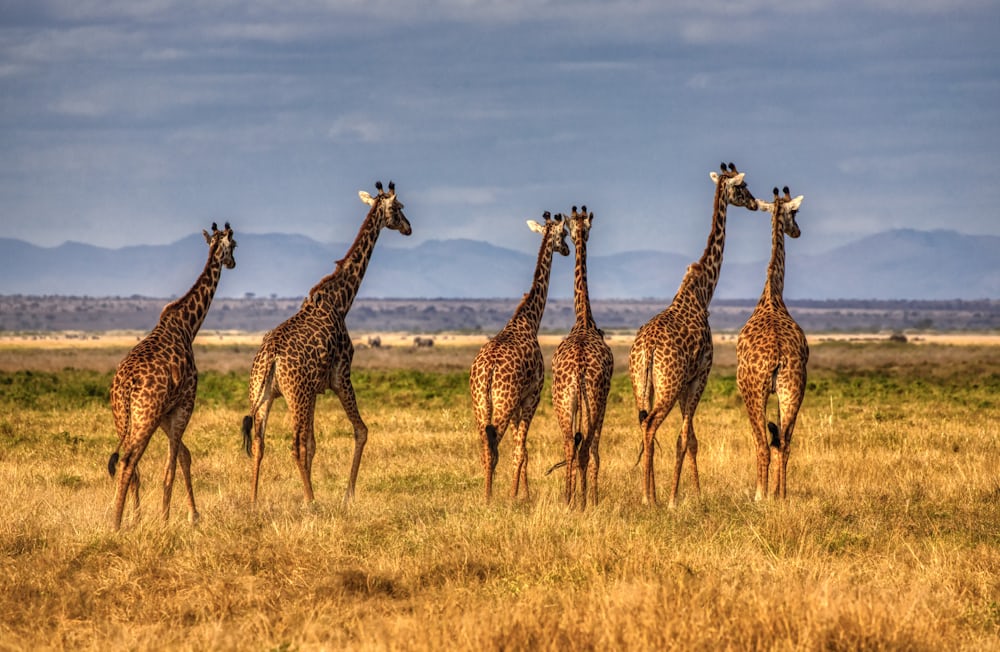
Samburu National Park offers an immersive safari experience, allowing visitors to witness the untamed beauty of nature. The park’s striking landscapes, characterized by acacia-dotted plains and rugged hills, create a picturesque setting for wildlife enthusiasts and photographers alike. The dense riverside vegetation provides a dramatic contrast to the arid expanses, offering a diverse range of ecosystems within the park.
Beyond its ecological significance, Samburu holds cultural importance as it is home to the Samburu people, a semi-nomadic community with a rich heritage. Visitors have the opportunity to engage with the local culture, gaining insights into traditional practices and lifestyles.
In addition to game drives, Samburu National Park offers visitors the chance to explore on foot through guided nature walks, enhancing the immersive experience and fostering a deeper connection with the natural surroundings. Accommodations within and around the park cater to various preferences, from luxury lodges to tented camps, ensuring a comfortable stay amidst the wilderness.
Samburu National Park captivates with its unique blend of wildlife diversity, stunning landscapes, and cultural richness. As a leading national park in Kenya, it continues to be a beacon for conservation efforts, drawing in travelers from around the globe to witness the untamed beauty of Africa in all its glory.
5} HELLS GATE NATIONAL PARK
Hell’s Gate National Park, located in Kenya, stands as a captivating testament to the country’s natural beauty and unique geological features. Covering approximately 68.25 square kilometers, this national park holds a distinctive position among Kenya’s wildlife reserves.
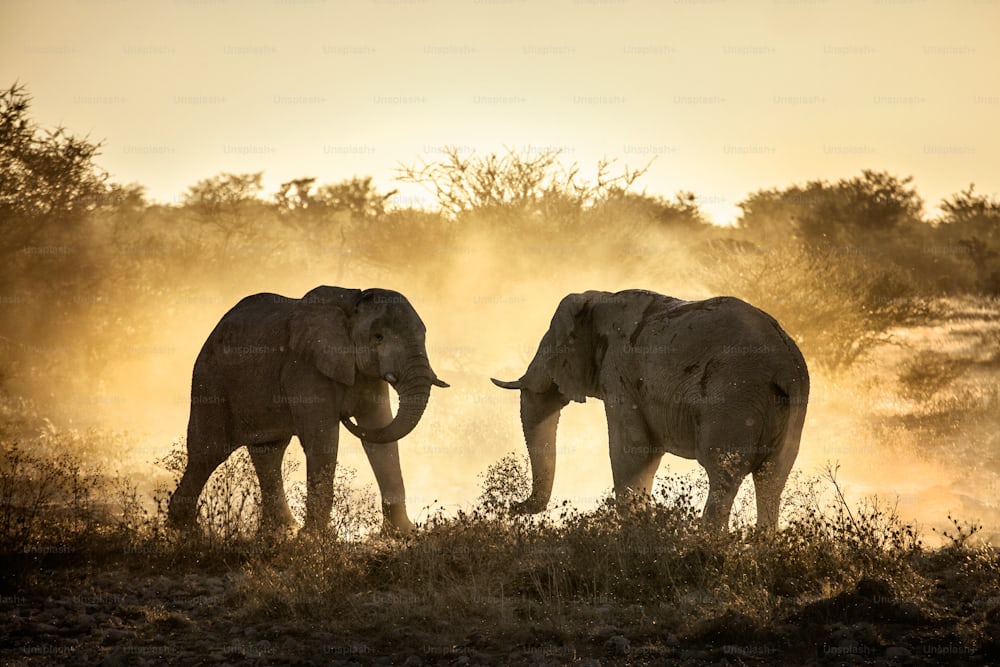
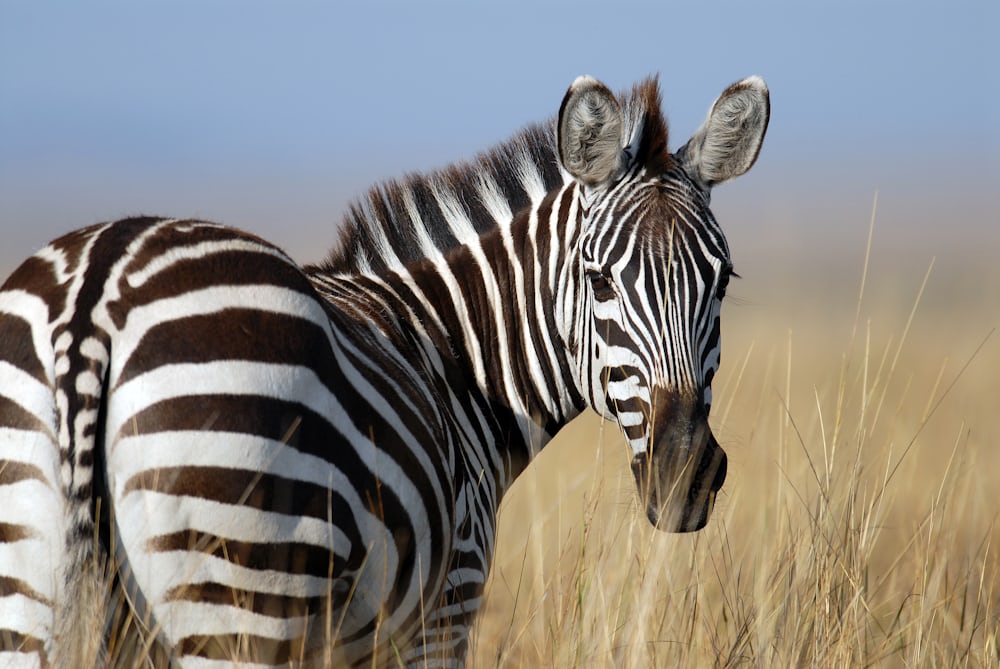
What sets Hell’s Gate apart is its remarkable landscape, characterized by towering cliffs, gorges, and geothermal activity. The towering Fischer’s Tower, a volcanic plug, adds a dramatic touch to the scenery. The park’s geothermal features include hot springs and geysers, creating an otherworldly atmosphere that contrasts with the traditional safari experience found in other parks.
Despite its relatively modest size compared to some of Kenya’s larger national parks, Hell’s Gate boasts a diverse array of wildlife. Visitors can encounter buffalo, zebras, giraffes, and a variety of bird species while exploring the park. The absence of predators like lions and elephants contributes to a unique and safe environment, allowing for activities such as hiking, rock climbing, and cycling within the park.
Adventure enthusiasts are drawn to Hell’s Gate for its outdoor activities. The park’s scenic trails provide an opportunity for hiking and rock climbing, allowing visitors to immerse themselves in the awe-inspiring natural surroundings. Cyclists can also enjoy biking through the park, taking in the breathtaking views along the way.
Additionally, Hell’s Gate holds cultural significance for the local Maasai people, who inhabit the surrounding areas. The Maasai Cultural Centre within the park offers visitors a chance to learn about the rich heritage and traditions of this indigenous community.
Hell’s Gate National Park stands as a gem in Kenya’s conservation efforts, blending unique geological wonders with a diverse array of flora and fauna. Its accessibility, combined with the chance for adventure and cultural exploration, make it a leading destination for those seeking a distinct and enriching safari experience in the heart of East Africa.

